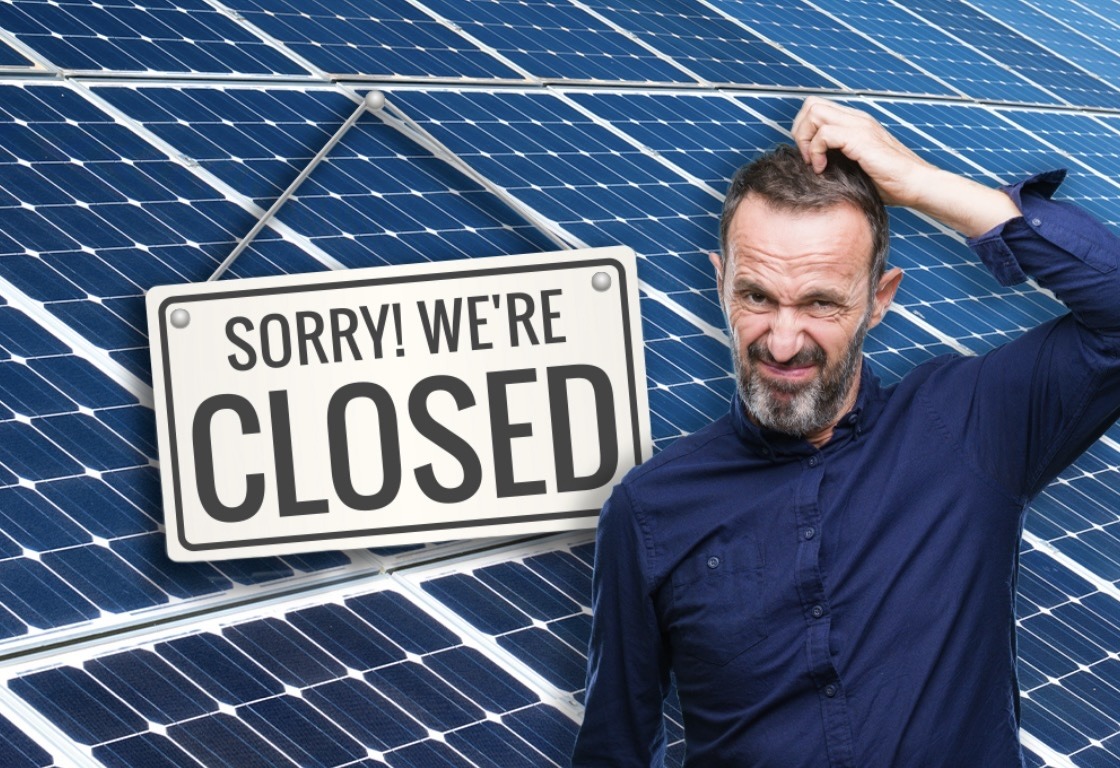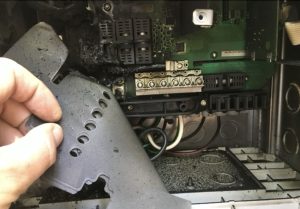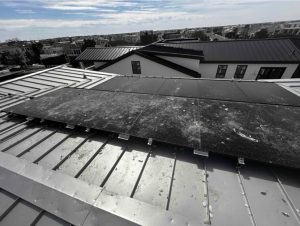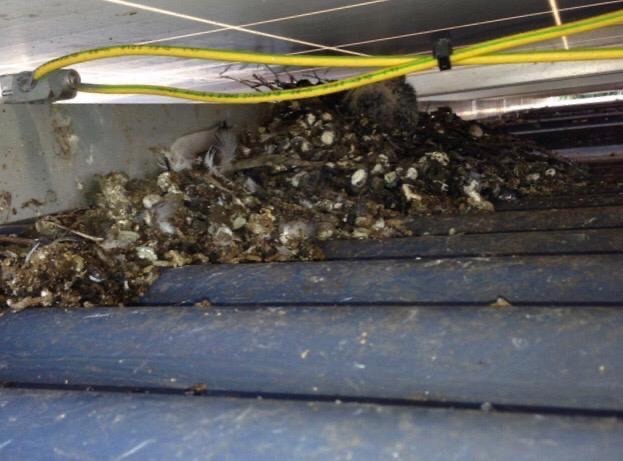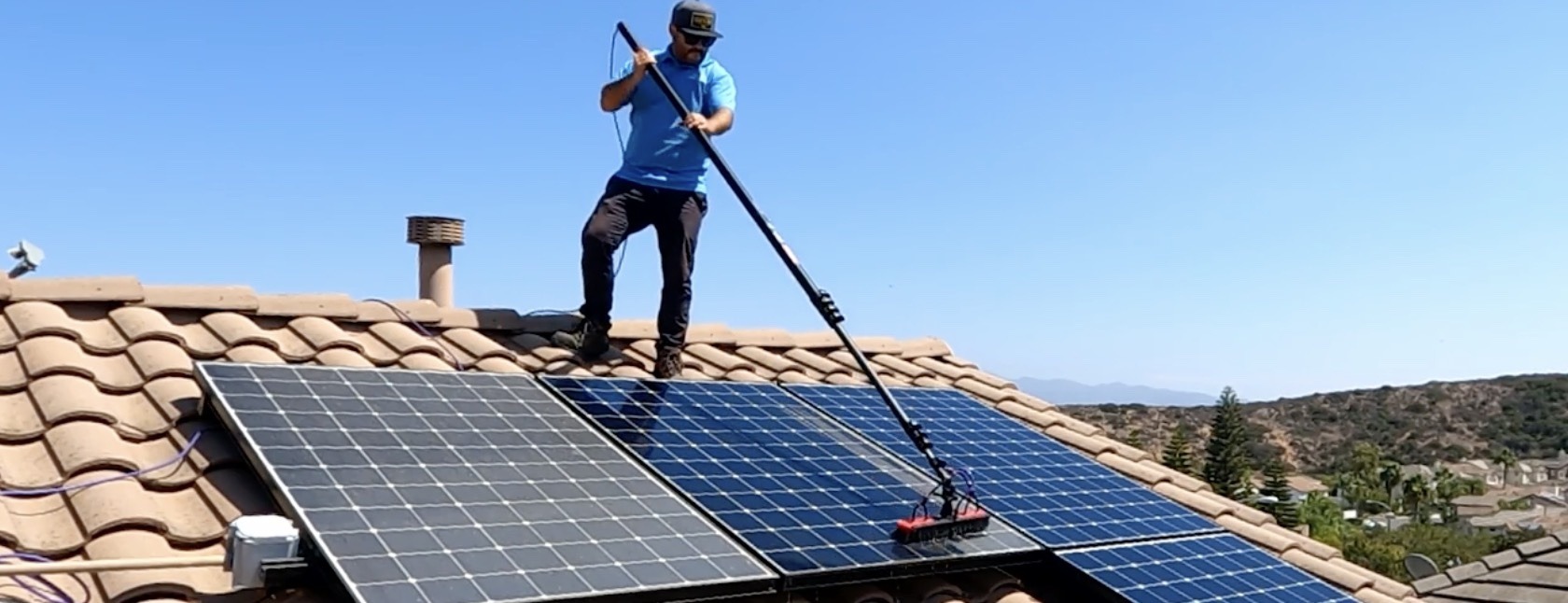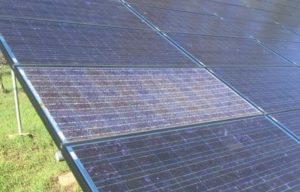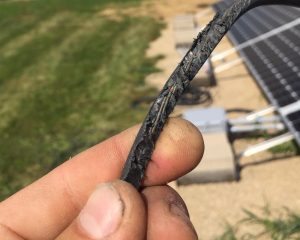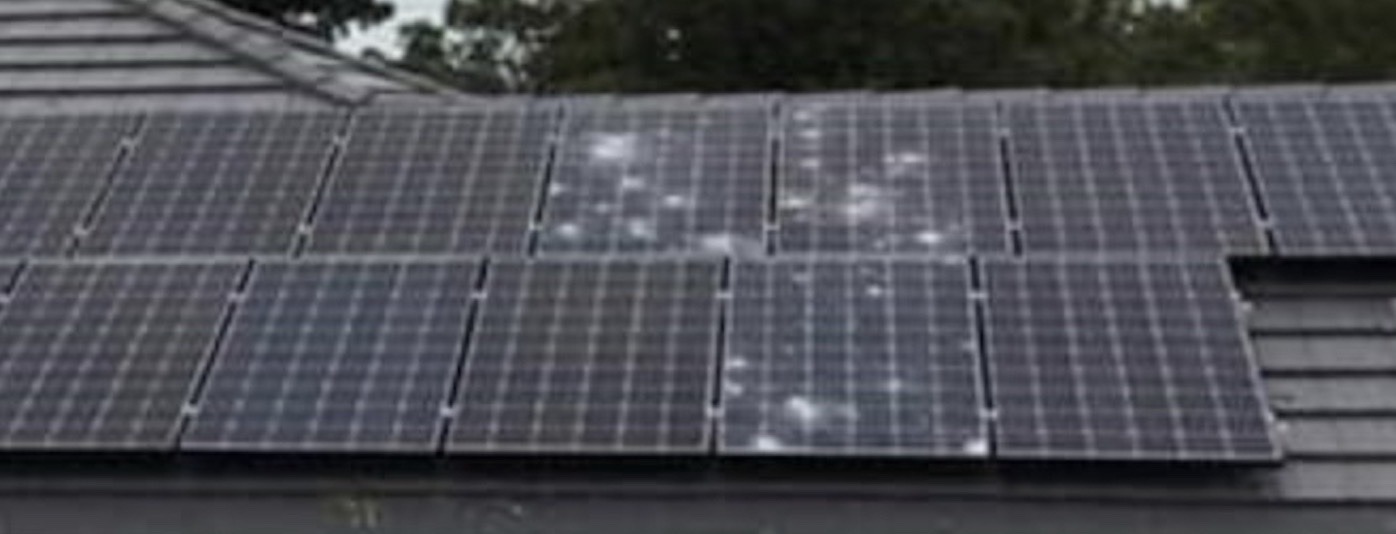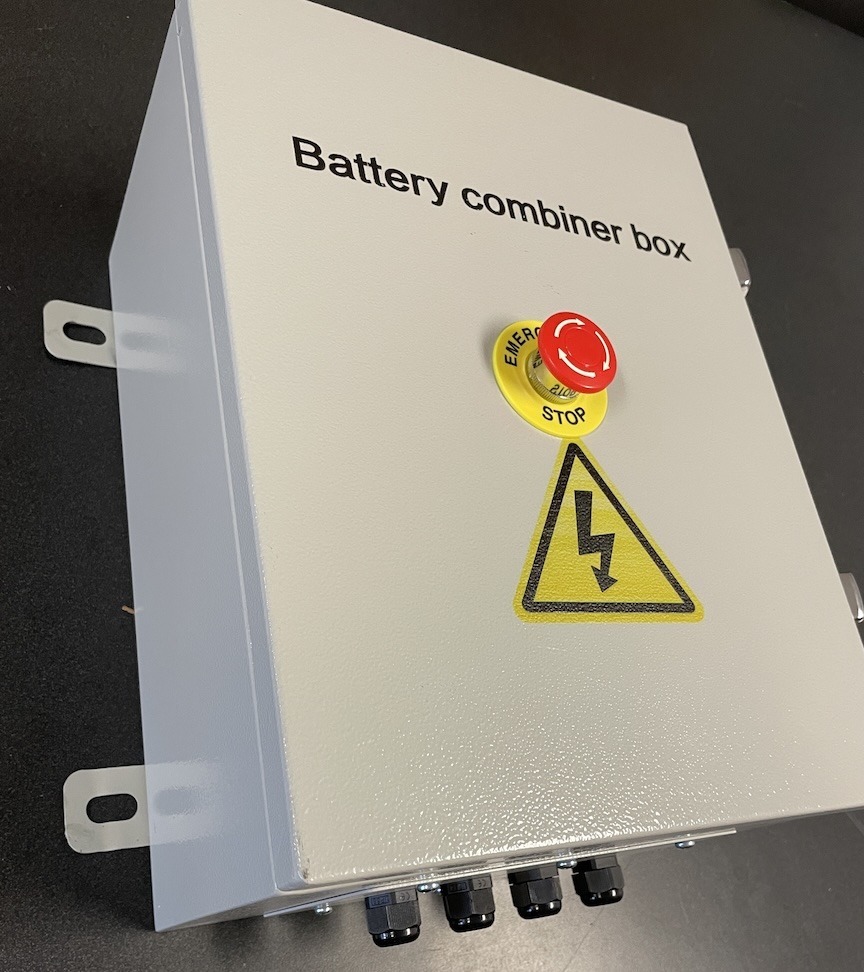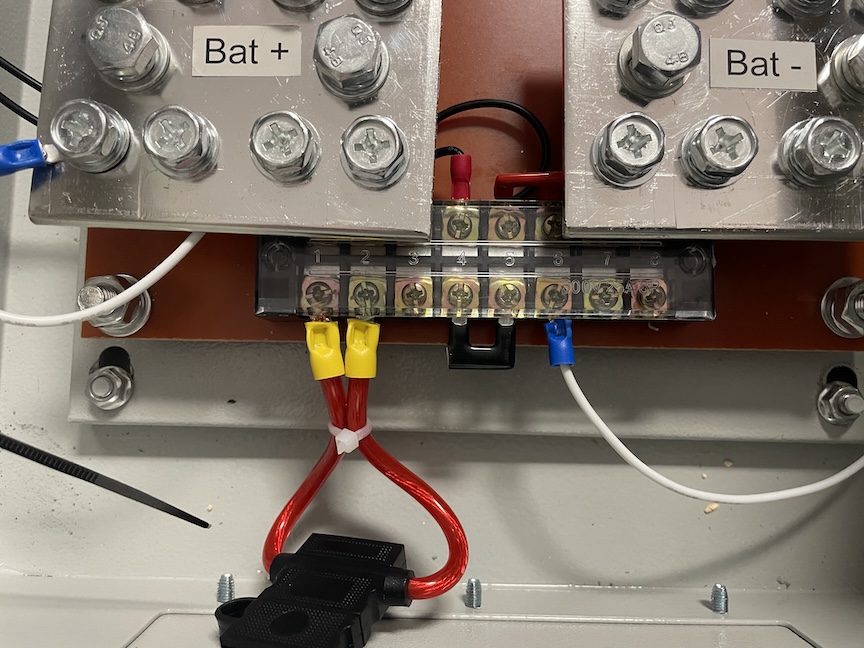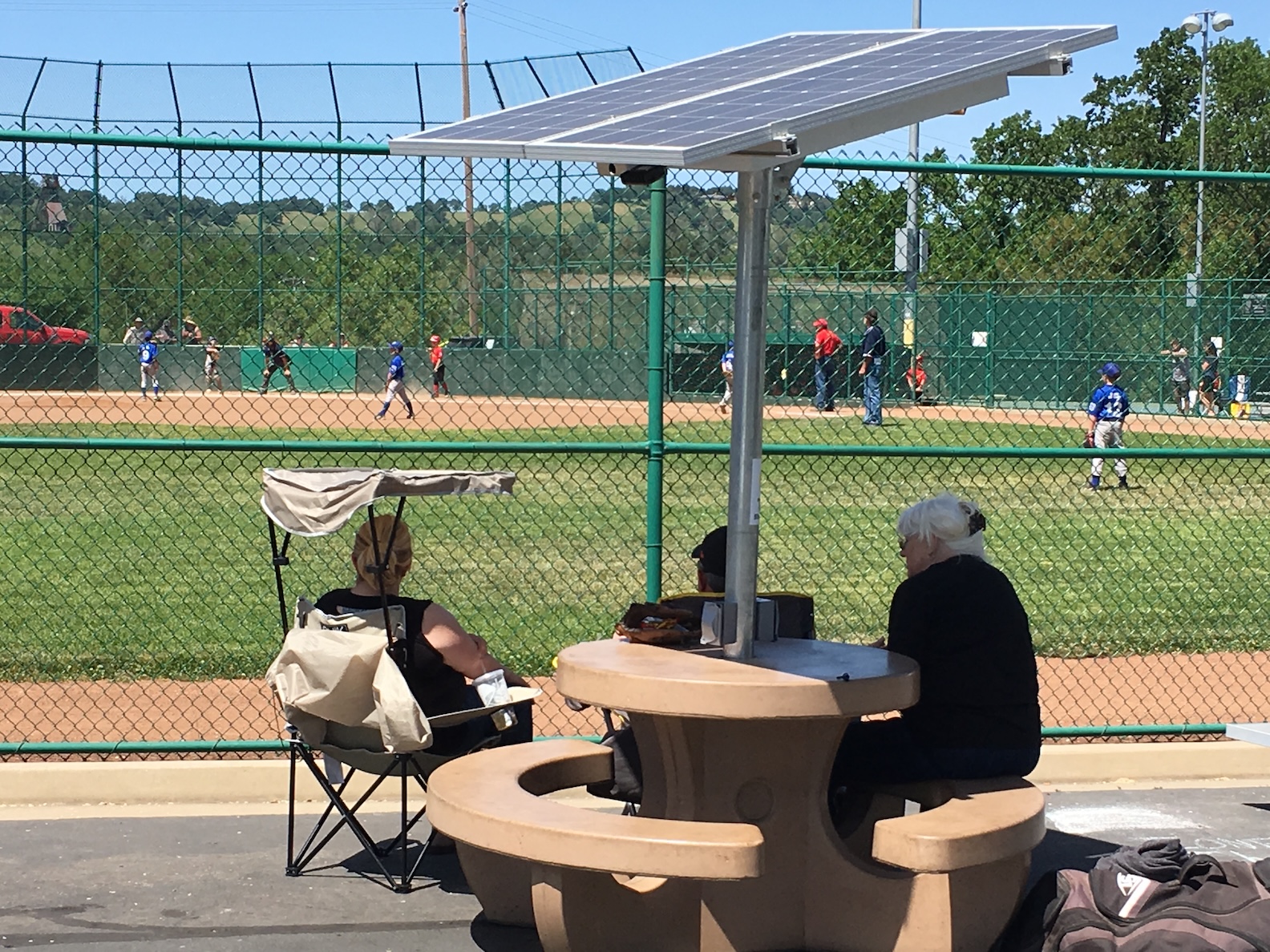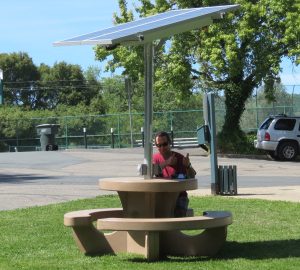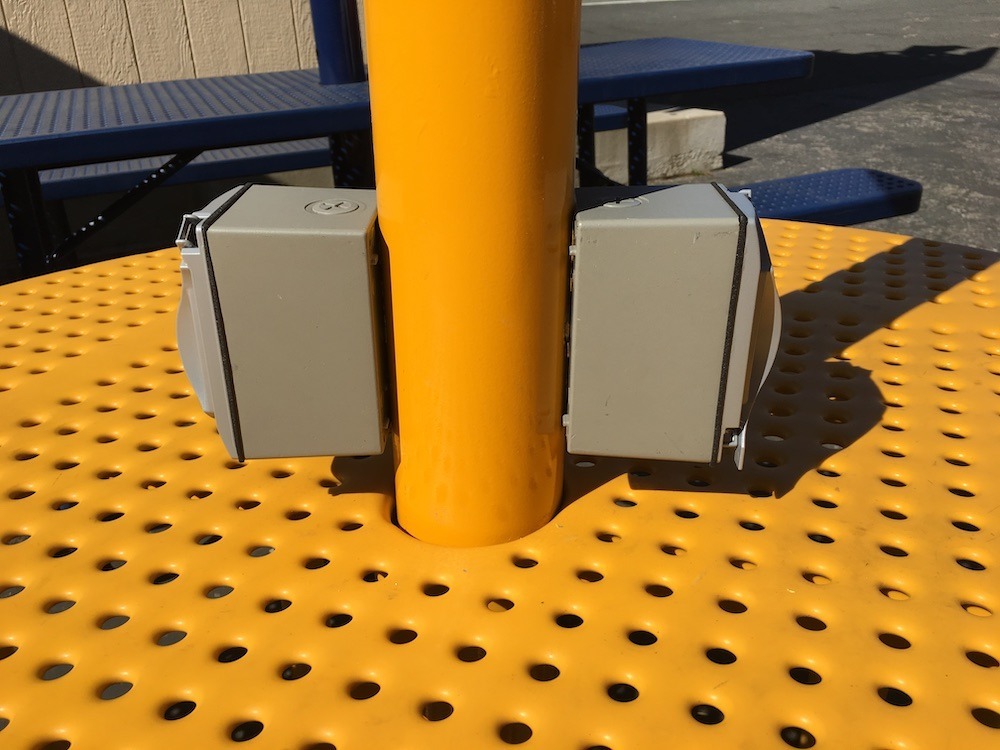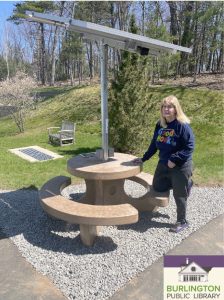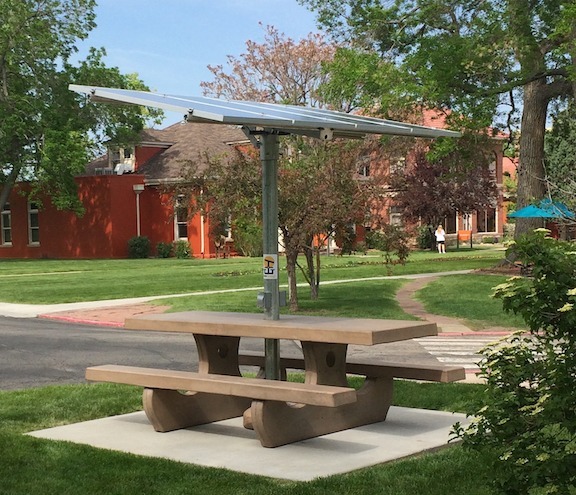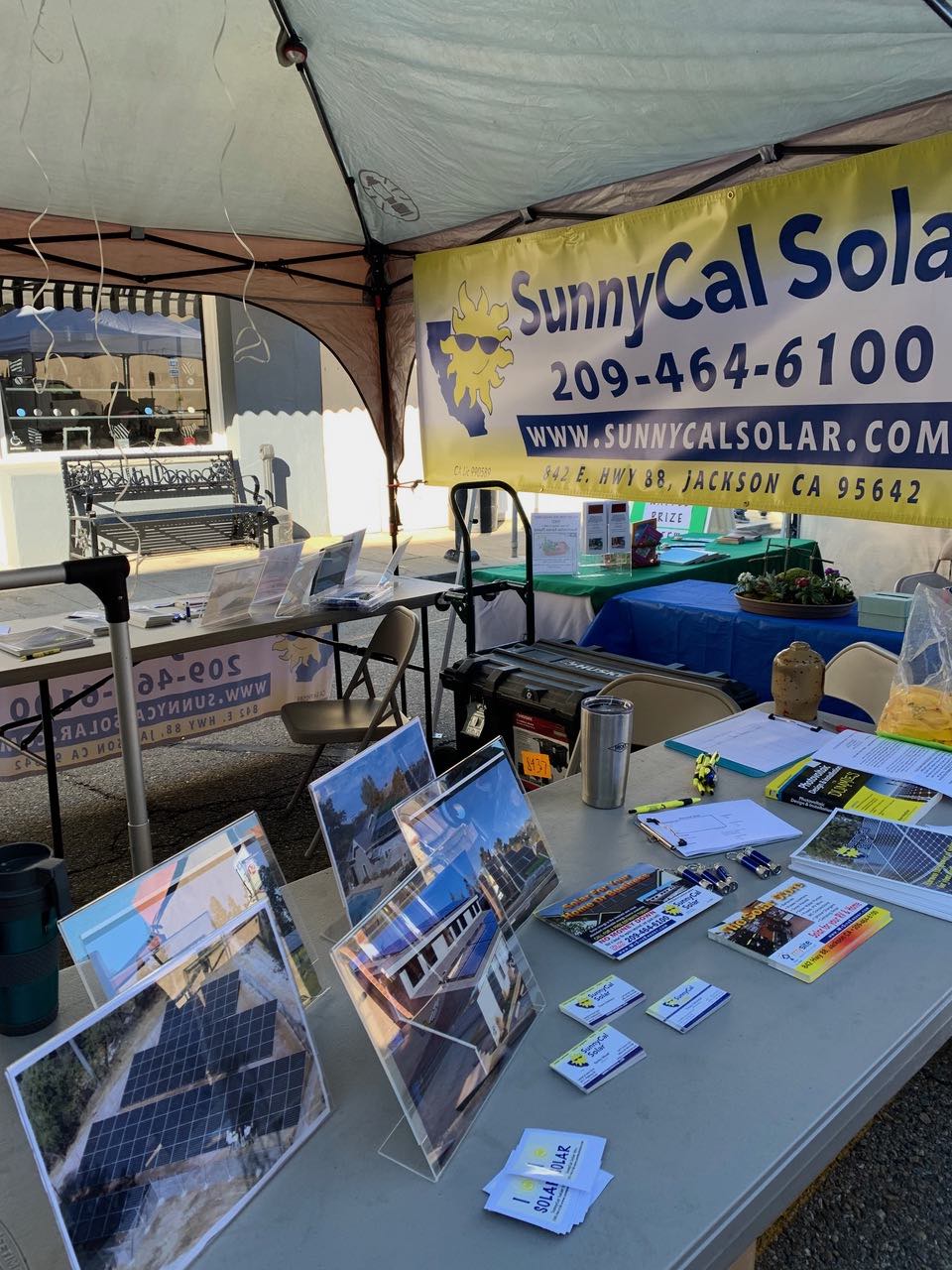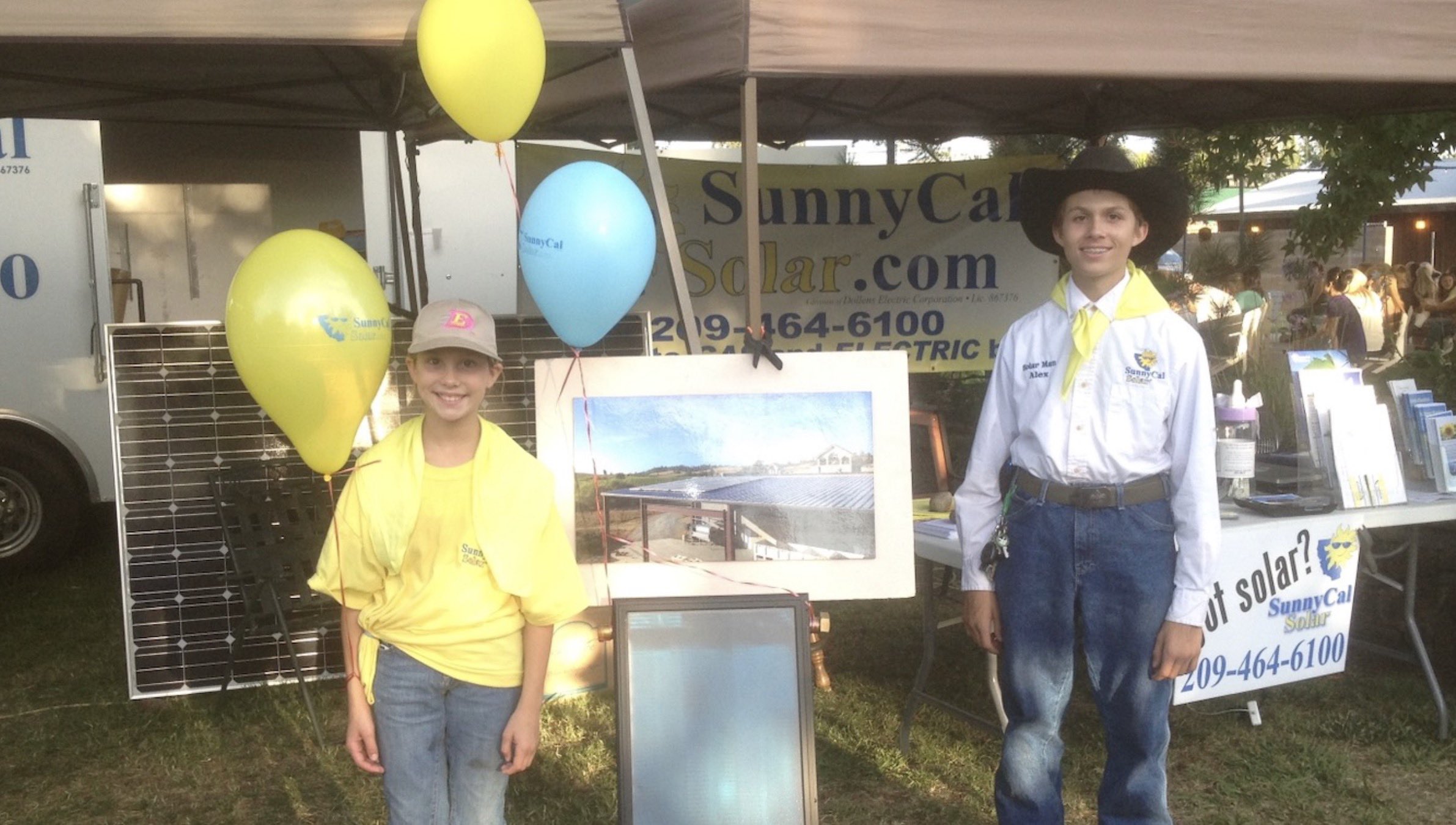The continual improvements in solar technology are constantly in the news, typically featuring information about the latest increase in solar panel efficiency, bigger batteries or automatic backfeed control mechanisms. Unfortunately, these technology advances to not address the most basic needs of millions of would-be solar customers-people who rent their homes. Most renters have no choice but to use utility power. What is the best way for home renters to obtain solar power? What is most needed are products and methods that will enable renters to benefit from the solar revolution.
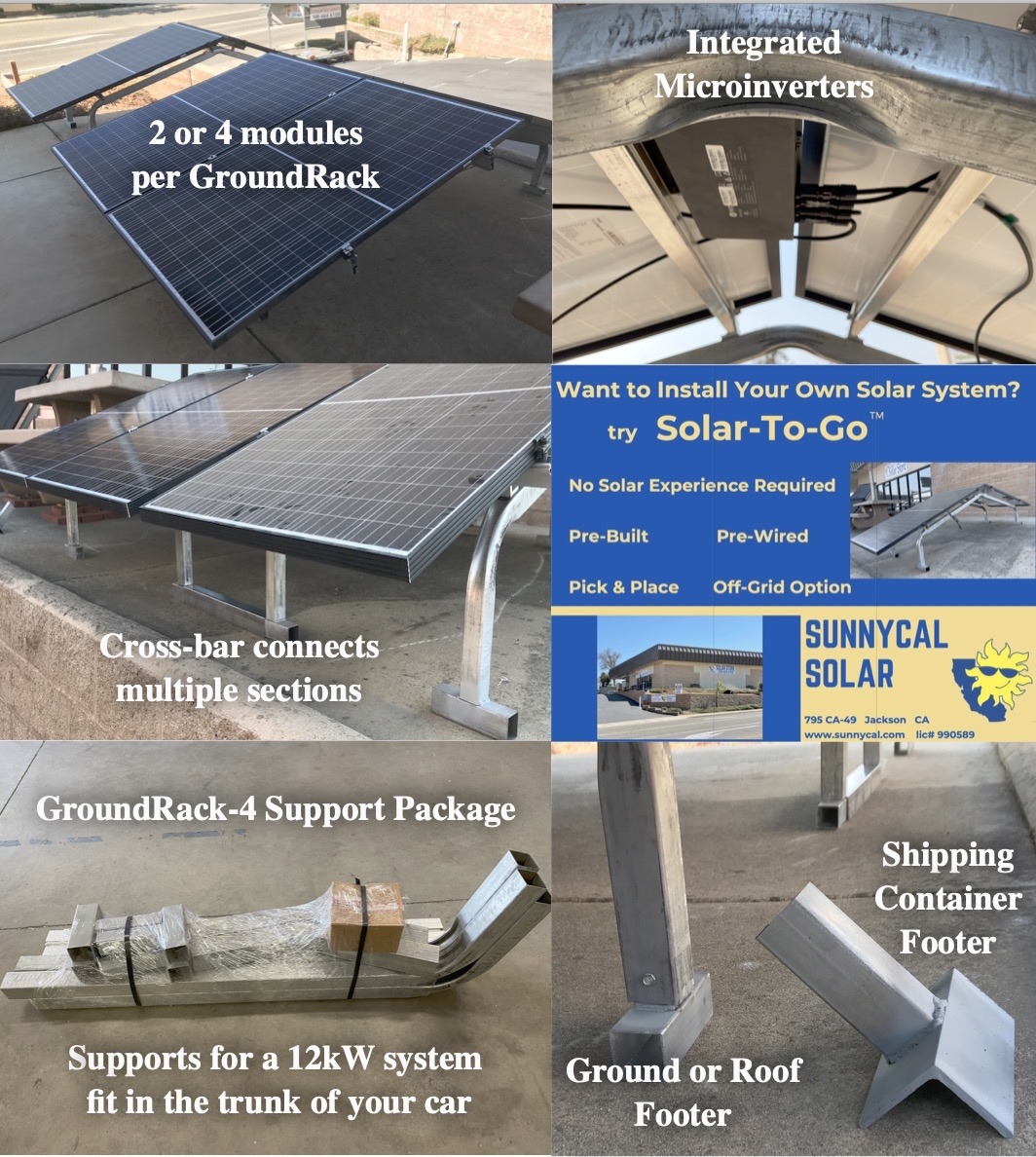
Breakthroughs in Low-Cost Solar
Modern solar systems have long been tailored for permanent installation by property owners, while the needs of home renters have not been adequately addressed.
Solar-to-go products (STG) were created to provide solar solutions that enable renters to obtain relief from most of their electricity costs. To empower renters to take advantage of solar systems, product breakthroughs are needed in three key area:
1) Mounting systems
2) Power inverter configurations
3) Semi-permanent interconnect wiring
Since most temporary solar systems will be implemented by users, this equipment must be DIY friendly.
With increased versatility and easy deployment, portable solar generators will increasingly become accessible to renters for powering homes during unexpected power outages or in remote locations where traditional power sources are scarce or unavailable. Their compact size and portability make them ideal for supplementing routine energy needs and supplying emergency power.
Renters are increasing their focus on sustainability and desire to gain control of their electrical costs. Temporary power solutions for solar generators will become indispensable tools for those seeking low-cost reliable electricity.
· A Relocatable Solar Mounting System
One key issue when installing solar panels(modules), is the mounting system. How will the solar panels be held in place? Common options are roof mount or ground mount. Neither of these methods can be used for most renters as they require permanent construction. Property owners are redescent to allow renters to modify their property. This is particularly true because renters would expect to remove their solar systems when they move out, potentially leaving damages from the equipment removal.
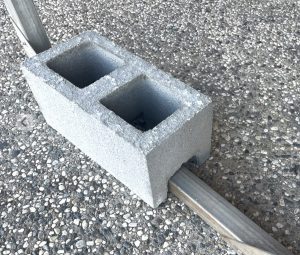
STG ground rack products include several mounting structures that sit on flat ground, held in place by ballast blocks, 18-inch nails made of rebar, or simple ground screws.

These rugged steel structures offer much greater strength compared to lightweight aluminum alternatives. Structures can be assembled in-place using simple hand power tools. STG rack structures holding 1-4 solar panels can be moved by two persons for repositioning or transport to a new site.
Using Solar-to-Go racks, a ground mounted solar generating system can be created with no modification to the home structure. Either grid tied or off-grid solar systems are supported.
8ft-wide racks are available in single slope or dual slope configurations to provide optimal solar performance. Single slope racks perform best when pointed true south, and sun will be harvested all during the day.
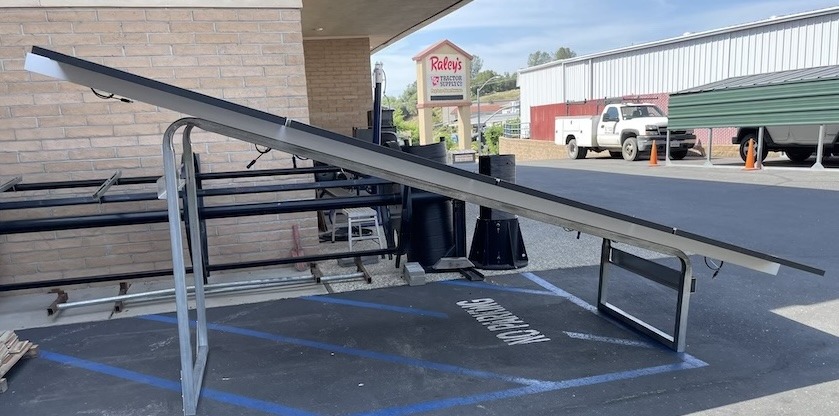
Low Profile racks with two slopes. These low-profile support structures work well when collecting solar power from the east and west directions as the sun travels throughout the day. The peak solar harvest is a bit lower, but the number of hours for solar production is greater. The added benefit to the low-profile design is the leg spacing can be adjusted to accommodate two or four solar panels (two facing east and two facing west).
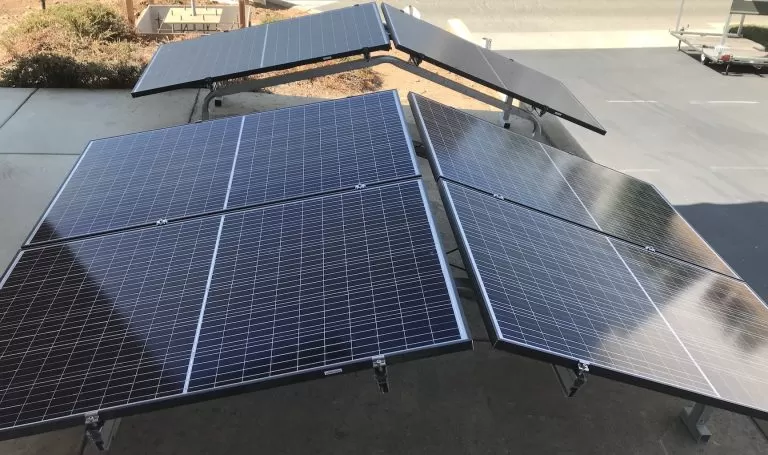
Recent advancements in technology have resulted in solar generators that are not only more efficient but also lighter, more DIY friendly than ever before.
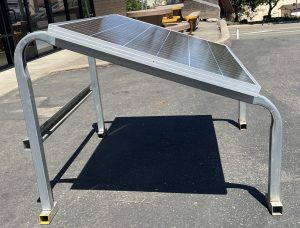
Evan a single solar panel can produce a notable amount of electricity. A single module support is a flexible way to get immediate results of a solar module, without waitingfor a construction effort.
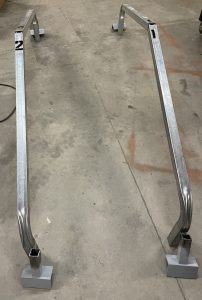
Assembly of these rack systems can easily be completed by one person, using a simple power screwdriver impact gun. Simply match up the numbered pieces, and screw in the self-tapping screws.
Figure shows 2 or 4 panel rack support legs and footers. Footers can be square tubes for ground-resting supports, or angle feet for resting on the edges of shipping containers. The footers shown in Figure 4 are for shipping containers
Power Inverter Configuration
Since most solar users initially desire to simply reduce their electric bills, a simple grid-interactive inverter is most commonly used. These inverters change DC solar power into AC power like your utility provides. Sunlight goes in, power comes out!
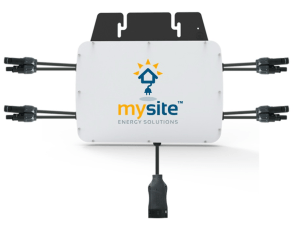
Solar panel wires plug into the inverter, and AC power output is available at a twist-lock cord. Extension cords are used to deliver power to the home connection.
The most common inverters can receive inputs from two or four solar panels. Multiple inverters can be combined to create larger systems.
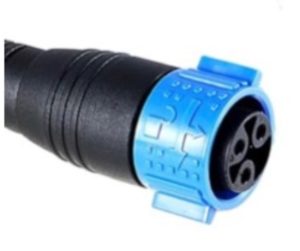
- Wiring the solar power to your home
The concept of Solar-To-Go is that solar power is used to instantaneously cancel electrical use by any home load. The solar energy feeds into your electrical wiring, and will immediately be used instead of utility power.
The output power from a Home Grid inverter come out through a 3-pin 30A connector. A sunlight resistant cord normally delivers the power to whichever type of connector the user selects.
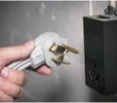
A 240v solar inverter can connect directly to the home wiring through a receptacle like a clothes dryer or RV outlet, the solar power continually feeds the entire home wiring. The total utility bill will be reduced by the amount of the solar energy that is produced.

A 120V inverter can plug directly into a standard 20A electrical outlet. The maximum sustained solar energy is 2000W. Care must be taken to ensure the 20A outlet is GFCI protected.
In many locations homes cannot feed energy back to the utility grid without permission. Users may want to limit the size of the solar power system so it is only large enough to reduce their electric bill, but not so large as to backfeed energy to the utility.
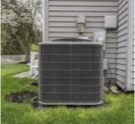
The STG inverter can reduce energy used by a single appliance, like an air conditioner. The solar inverter output can be connected directly to the AC wiring of the outdoor compressor. Whenever the compressor receives voltage from the home, the solar immediately generates power to feed some of the power needed by the AC compressor. It operates automatically, without user intervention, typically supplying at least 50% of the energy used by the AC unit. When the AC voltage to the compressor is turned off, the solar inverter goes to sleep. This type of implementation will not backfeed to the utility grid.
· Solar Modules Power Rating
Most STG supports can accept a wide range of solar panel dimensions. STG supports work with medium and large sized solar panels. Normally physical size increases with power rating. Larger panel size may require wider leg spacing for low-profile supports. Standard support rails are long enough to receive modules up to 45-inches wide. It is generally better to use the STG-4 single slope support structure for extremely long modules. The increased length merely extends out the left and right sides.
The 2-input inverter with a 1000W output power rating can accept up to 1300W of solar panel power. The 4-input inverter with a rating 2000W output power rating can accept up to 2600W of solar panel power. The electrical wiring of standard solar panels with MC-4 connectors can be used without modification.
Solar inverters can operate with only a single panel, and energy output can be increased later by adding additional panels.
· Innovations in Off-Grid and Job Site Solar Generators
Off-grid inverters can be used in lieu of grid interactive inverters. Since many off-grid inverters and batteries require protection from weather they are placed indoors. If needed, MC4 extension cables are available to connect STG solar panels to the indoor equipment.
Job site solar power systems can be powered by STG solar panels to create a jobsite power system. Most all-in-one solar generator units can accept solar panel power directly, provided the solar panel voltage is not excessively high. If high voltage is a concern, STG solar panels can be wired in parallel instead of series, thereby keeping the voltage to that of a single panel. STG adapters are available.
· Solar Powered Generators for Emergencies
The most common misunderstanding is that solar system automatically produce power when the utility power fails. That is not necessarily true! Simple grid interactive inverters shut down when utility power is off.
In small systems, only off-grid battery inverters continue to produce power when the utility power fails. If there is no battery, there will be no power.
Large All-In-One inverters that sustain power when the grid fails require special home wiring modifications, and are less likely to be used by DIY renters. There is no specific problem using STG supports with such inverters.
Looking Forward
As the demand for clean, renewable energy grows, innovators are making significant strides in advancing portable solar technology. Renters will become an increasing market for solar equipment suppliers. Adaptation of traditional solar equipment to the needs of DIY users will become vital.
With the ongoing focus on sustainability and the increasing demand for inexpensive power solutions, portable solar generators are poised to continue their role as indispensable tools for those seeking reliable low-cost electricity.
Whether you choose to live off-grid or find yourself in a situation where it’s necessary, the latest developments in solar technology will meet your needs efficiently and effectively. These advancements not only enhance convenience but also contribute to a more sustainable and environmentally friendly future.
For more information and updates, contact Solar-To-Go at 209-464-6100.

